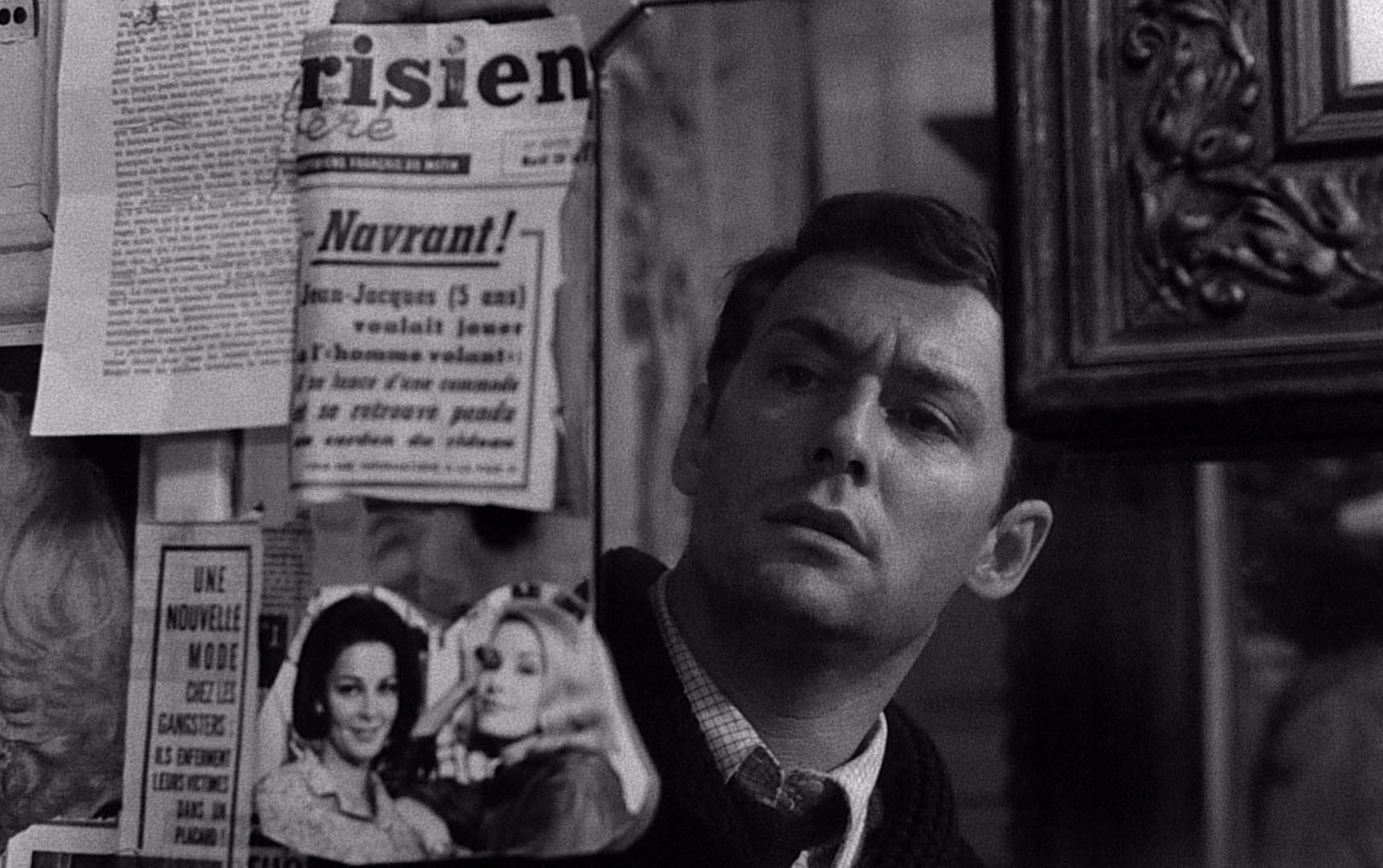Everyday Magic: Joachim Trier on Reimagining Louis Malle

This week’s Friday Night Double Feature, streaming on the Criterion Channel on FilmStruck, brings together these two films. While he was in town for the premiere of his latest, Thelma, at the New York Film Festival, Trier talked with me about discovering The Fire Within and reinterpreting it for a new era.
What struck you about The Fire Within when you first saw it?
Once in a while a movie hits you on a personal level as a pure experience, and that’s what happened when I watched it. At the heart of it is an honest conversation between two friends about the most difficult thing in the world: one of them doesn’t know if he wants to live anymore. It’s an impossible conversation, but in art you can talk in an intimate way about something that serious.
Malle was at a moment in his life when he was trying to make a very personal film about feeling lost at a certain age after having some success and not knowing how to move forward. That reminded me of a lot of things that I had experienced, and also of what I’d seen in a lot of friends who I thought were maybe more talented than me but hadn’t found a structure in which to express themselves. I’ve experienced suicide and drug addiction among those close to me, both in a family context and in friendships, so the film, in a strange way, was deeply comforting, like a sad love song can be when you’re heartbroken.
I read that the collaboration between Malle and [lead actor] Maurice Ronet was very tough. His performance is incredibly beautiful and touching, but people said that Malle was so hard on him because he wanted to play the role himself. The world is full of people promoting their own material by saying how incredibly personal it is to them, but Malle didn’t have to do that—the proof is in the pudding. You watch the film and you can just sense that it was a film made out of desperation.
Your work, like Malle’s, has jumped between different genres and styles. Do you identify with him as a filmmaker?
Malle didn’t enter into my mind until I was a bit older, but I’m happy he did because he’s one of the absolute greatest filmmakers. He was always dealing with transgressive subject matter but did it in such a light and unshocking way that you just had to respect. He does a film like Murmur of the Heart, then he goes off and makes great experimental movies that he was never given enough credit for because he wasn’t flashy. A good example of that is Black Moon, which actually inspired my new film Thelma quite a bit. I was inspired by the idea of doing something like Alice in Wonderland, with a dream logic that you recognize intuitively—also like in David Lynch’s films. You can’t reduce it to something you can explain easily; you have to just see it.

While making Oslo, were you influenced by other films besides Malle’s?
I felt such pressure to do my second film, and I wanted it to be formally different from Reprise, so I decided to do a lot of long takes and to use the dramatic framework of a day or night. Some of my favorite films are like that, such as Cléo from 5 to 7. I also love La notte, where Antonioni paints a picture of a whole relationship during one afternoon and night in his characters’ lives. There’s also Larisa Shepitko’s Wings, which is a wonderful existential tale. This is the magic of cinema. In all those films you feel the poetry of seemingly unimportant everyday moments. You’re following a character through a single day, so those moments get loaded with power.
Oslo deviates the most from The Fire Within in its documentary-like opening, which is entirely separate from the story and serves as an elegiac meditation on the city.
I have low self-esteem at different points during the process, and with Oslo, we were worried that it would just be a mopey guy walking around being sad and that it wouldn’t have any dynamism. But I realized that the film itself was a journey through memories that [cowriter] Eskil [Vogt] and I had, of places and people we knew. And for the character of Anders, it’s like a road movie. So I thought, how could we put that into a bigger context of a city? What I did was I made a documentary where I interviewed people and asked them to tell me little anecdotes that started with the phrase “I remember . . .” People went to all these emotional places, and then we started gathering images from Norwegian film history and documentaries. It was supposed to be at the end of the film, but then we put it at the front and it was much better.

What was it like to reimagine a film you felt such a connection to?
I think we had an inferiority complex, knowing that Malle had made a masterpiece and that we were desperately trying to do something of our own. I thought, okay, through Anders we will listen to these conversations about contemporary Oslo and see how that informs his perspective on the world. I knew that would mean the film would exist in a certain bubble of time and that it would age. But I think people should keep making versions of this film every ten or twenty years, in different cities and with different characters, and maybe it will be a mirror of society at a certain time. I would encourage people to pick up this story again in the future and bring their personal experiences to it.



